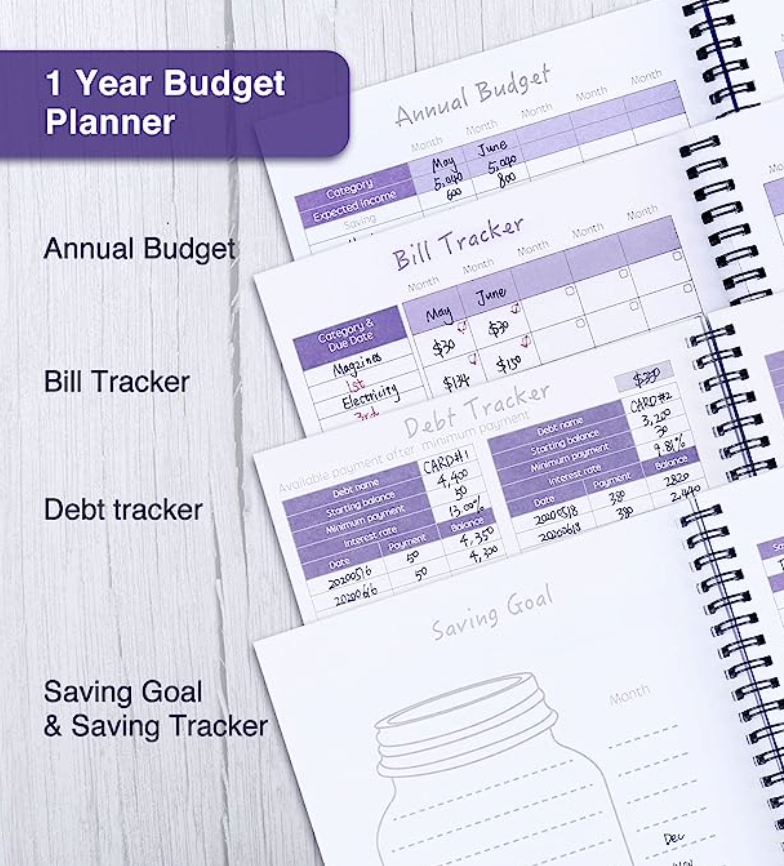Our independent research projects and impartial reviews are funded in part by affiliate commissions, at no extra cost to our readers. The opinions are our own.
How do you balance your checkbook and finances?
Balancing a checkbook involves reconciling your bank statement with your own records to ensure that they match. This process helps you identify any discrepancies and avoid overdrawing your account. Here’s a step-by-step guide to balancing a checkbook:
- Keep Accurate Records: Every time you write a check, make a deposit, or use your debit card, record the transaction in your checkbook register. Include the date, transaction description, and amount. Be sure to deduct any fees or service charges as well.
- Obtain a Bank Statement: At the end of your bank’s statement period (usually monthly), you’ll receive a bank statement. This statement contains a list of all the transactions that occurred in your account during that period, including deposits, withdrawals, and any fees.
- Compare Transactions: Go through each transaction listed on your bank statement and compare it with the corresponding entry in your checkbook register. Check off each item that matches. Pay attention to deposits, ATM withdrawals, checks that have cleared, and any electronic transfers.
- Note Outstanding Transactions: Any transactions that are listed in your checkbook register but haven’t appeared on your bank statement yet are considered outstanding. Common examples are checks you’ve written that haven’t been cashed or deposits that haven’t been credited. Note down these outstanding transactions in a separate section of your checkbook register.
- Calculate the Ending Balance: Start with the ending balance listed on your bank statement and add any deposits that haven’t been credited yet (outstanding deposits). Then subtract any outstanding checks or withdrawals to get your adjusted ending balance.
- Calculate Your Actual Balance: Begin with your checkbook’s starting balance, add all deposits made during the statement period, and subtract all checks, withdrawals, and fees (including outstanding ones). This should give you the same adjusted ending balance you calculated from the bank statement.
- Reconcile the Balances: Compare the adjusted ending balance from your bank statement with the adjusted ending balance from your checkbook register. They should match. If they don’t, double-check all transactions to find any errors or missing entries.
- Make Corrections: If you find any discrepancies, correct your checkbook register by adding or subtracting the appropriate amounts. Keep in mind that some items, like outstanding checks, may take a few more days to clear.
- Keep it Up-to-date: Repeat this process each time you receive a new bank statement to ensure your checkbook remains accurate.
One of my favorite budget planners below-

By regularly balancing your checkbook, you can avoid overdrafts, spot potential errors or fraudulent activity early, and maintain a clear understanding of your financial situation.



0 Comments